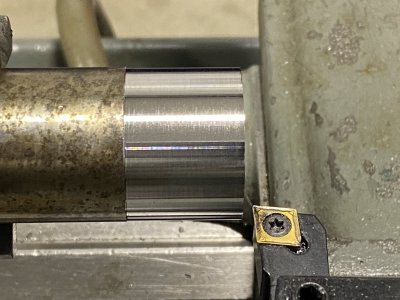- Joined
- Apr 8, 2021
- Messages
- 138
Hello. I´m working with very small parts and I need a small boring bar.
I saw these options

I think the best one to work with holes and bottoming, I mean, to remove material in a hole in the red zone of this picture

the most suitable one culd be the MUR, MTR or MPR, but I´m not sure. Wich one do you chose?
Thank you
Best regards
I saw these options

I think the best one to work with holes and bottoming, I mean, to remove material in a hole in the red zone of this picture

the most suitable one culd be the MUR, MTR or MPR, but I´m not sure. Wich one do you chose?
Thank you
Best regards


